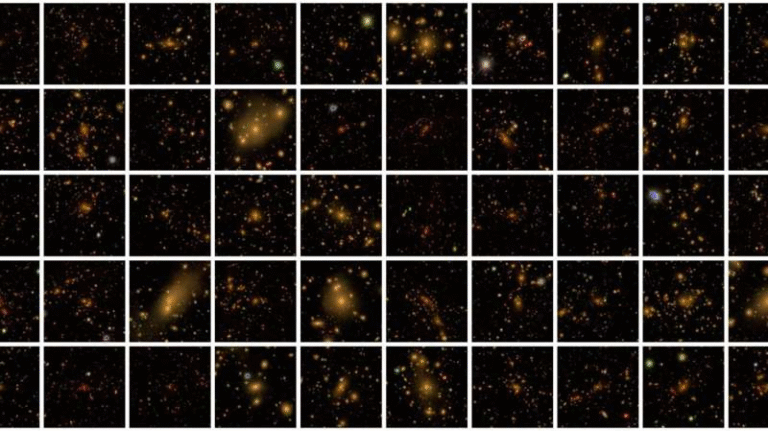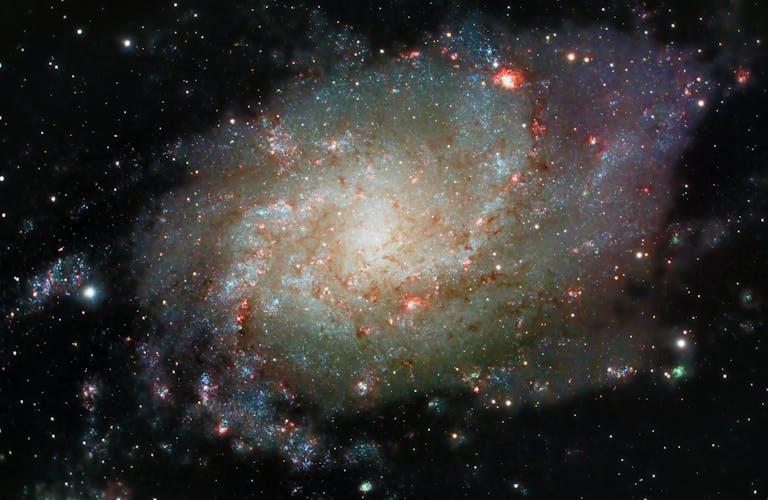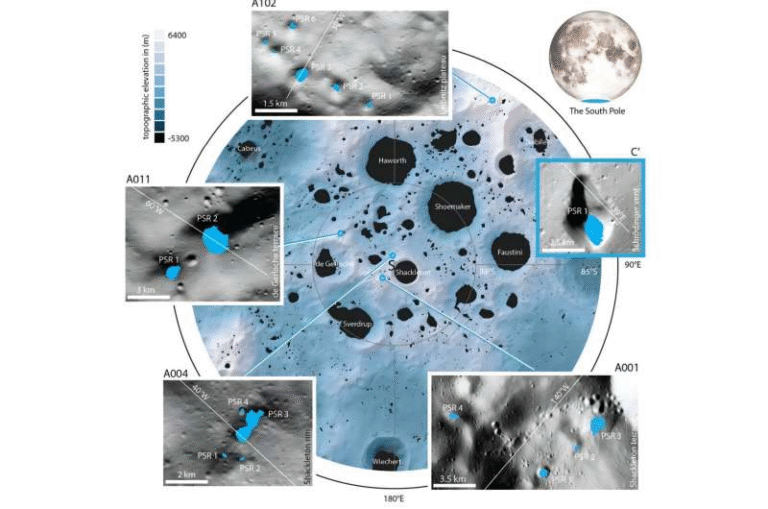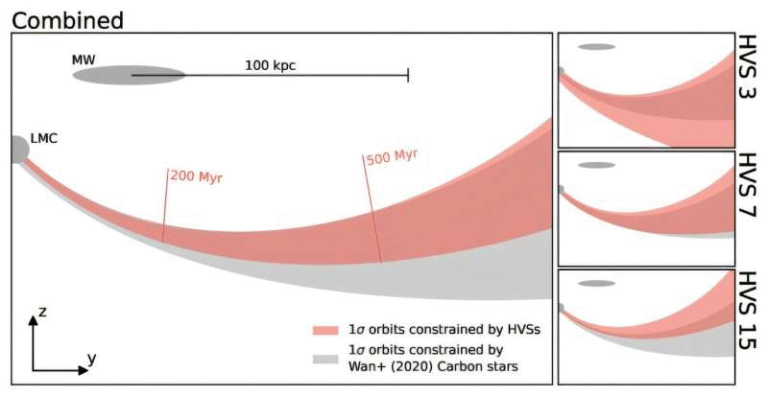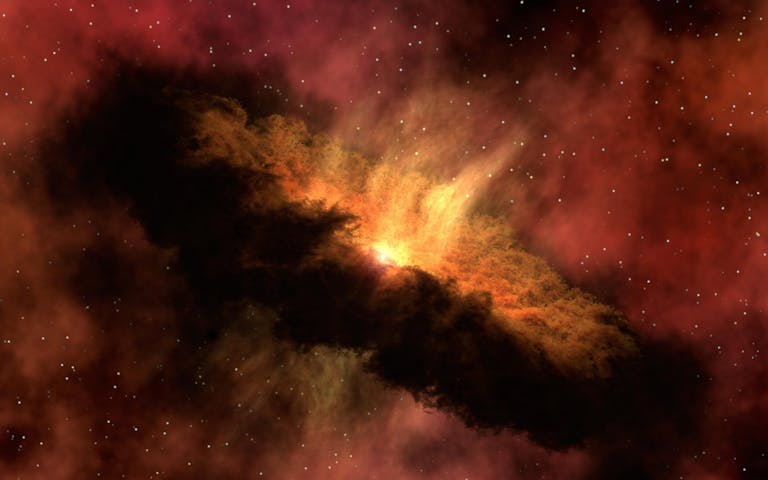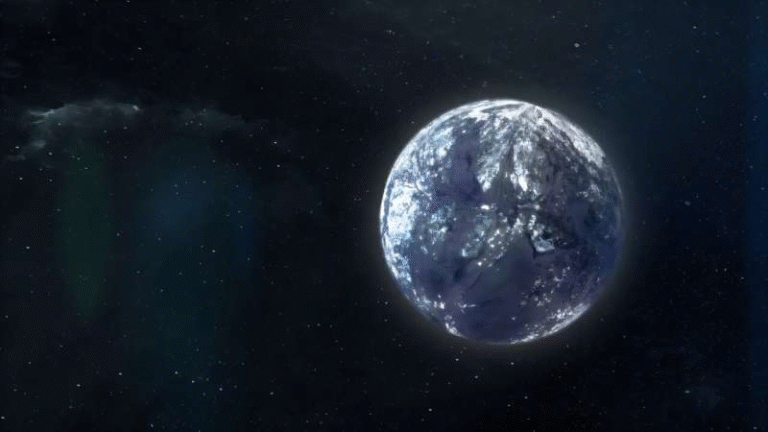Hubble’s New Portrait of Star Birth in the Large Magellanic Cloud

The Hubble Space Telescope has delivered another breathtaking view of the cosmos, this time focusing on the N11 star-forming region in the Large Magellanic Cloud (LMC). This latest release, unveiled as the Picture of the Week on September 8, 2025, captures one of the most dynamic stellar nurseries beyond our own galaxy.
Where Is N11?
The Large Magellanic Cloud is a dwarf galaxy about 160,000 light-years away, found in the southern constellations Dorado and Mensa. With a mass roughly 10–20% of the Milky Way, it is the largest of the Milky Way’s satellite galaxies. Within it, astronomers have identified several vast stellar nurseries, and N11 stands out as the second-largest star-forming region, only surpassed by the famous Tarantula Nebula.
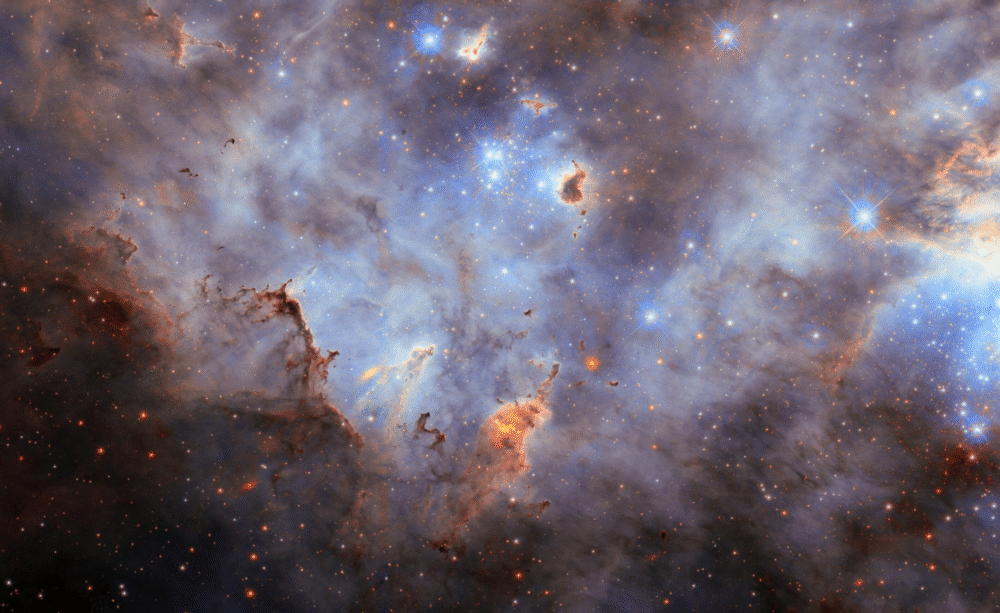
Credit: ESA/Hubble & NASA, C. Murray, J. Maíz Apellániz
The N11 complex, sometimes called the Bean Nebula, stretches across nearly 1,000 light-years. It is not just one nebula but a collection of subregions, each rich with glowing gas, dust, and young stars. The structure includes a central superbubble created by older stars, surrounded by multiple lobes where new stars are still being born.
A Closer Look at N11’s Subregions
- N11B (NGC 1763 / Bean Nebula): A bright emission nebula hosting active star clusters, central to Hubble’s new view.
- N11A (IC 2116 / Rose Nebula): A compact nebula where dense gas glows from embedded massive stars, giving it a rose-like appearance.
- NGC 1761: An open star cluster containing about 50 massive, hot stars that emit powerful ultraviolet radiation, sculpting surrounding gas into cavities and filaments.
These subregions together illustrate the sequential nature of star formation, where one generation of stars shapes the conditions for the next.
Generations of Stars
The region tells a story of at least three stellar generations:
- Older “grandmother” stars that created the central superbubble.
- Massive blue-white “mother” stars formed along the bubble’s edges, releasing energy into surrounding space.
- Newborn stars, still embedded in dust globules at the periphery, are now emerging, lit up and shaped by ultraviolet light.
This process—where radiation and winds from older stars compress gas to trigger new star formation—is a textbook case of sequential star formation.
The Instruments Behind the Image
The new portrait is a combination of observations taken about 20 years apart, showcasing Hubble’s longevity and consistency.
- Advanced Camera for Surveys (ACS, 2002–2003): The first observations catalogued thousands of stars in N11, ranging in mass from just 10% of the Sun’s mass to a hundred times more massive. At the time, it was the first detailed survey of its kind in such a young cluster.
- Wide Field Camera 3 (WFC3, more recent): Provided a different perspective by capturing the dusty clouds permeating the cluster, revealing new details of star birth and cosmic dust structures.
By combining these datasets, astronomers produced a layered view that blends stars, gas, and dust into one of Hubble’s most vivid portraits.
What Else Do We Know About N11?
- Size: Roughly 6 arcminutes across, equating to nearly 1,000 light-years.
- Stellar Winds and X-rays: Past X-ray observations showed that the superbubble emits X-rays, fueled by stellar winds. Interestingly, its brightness was not as intense as some models predicted, sparking ongoing studies.
- Infrared Discoveries: Infrared imaging of N11B uncovered young stellar objects (YSOs) and even a methanol maser, both pointing to active star-forming environments.
- Spectroscopy: A recent 2024 ULLYSES program study examined the properties of massive O-type stars in N11B, measuring their masses at 30–60 times the Sun’s and ages of 2–4.5 million years. The study also detailed their ionizing photon output, which illuminates and shapes surrounding nebulae.
Why This Image Matters
This isn’t just a pretty picture. Hubble’s new view of N11 reveals the life cycle of stars beyond the Milky Way, demonstrating how each stellar generation seeds the next. The “cotton candy” look, with its glowing pinks, blues, and greens, may delight the eye, but behind it lies crucial astrophysical insight into how galaxies evolve.
The Large Magellanic Cloud remains an ideal laboratory for studying star formation. Unlike more distant galaxies, its proximity allows Hubble to resolve individual stars and dust structures, offering a detailed look at processes that shape the universe.
TLDR
Hubble’s latest image of the N11 region in the Large Magellanic Cloud combines observations 20 years apart, revealing glowing gas, newborn stars, and dusty clouds. The portrait highlights sequential star formation, stellar winds, and key findings about massive O-type stars.
Research Paper Reference
Massive Stars in N11B: ULLYSES Spectroscopy of O-Type Stars
